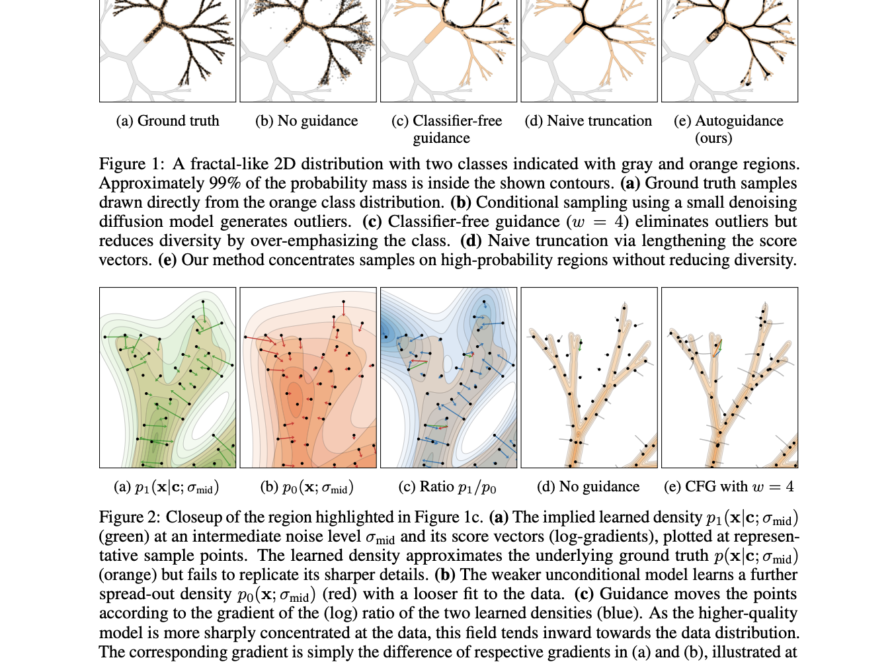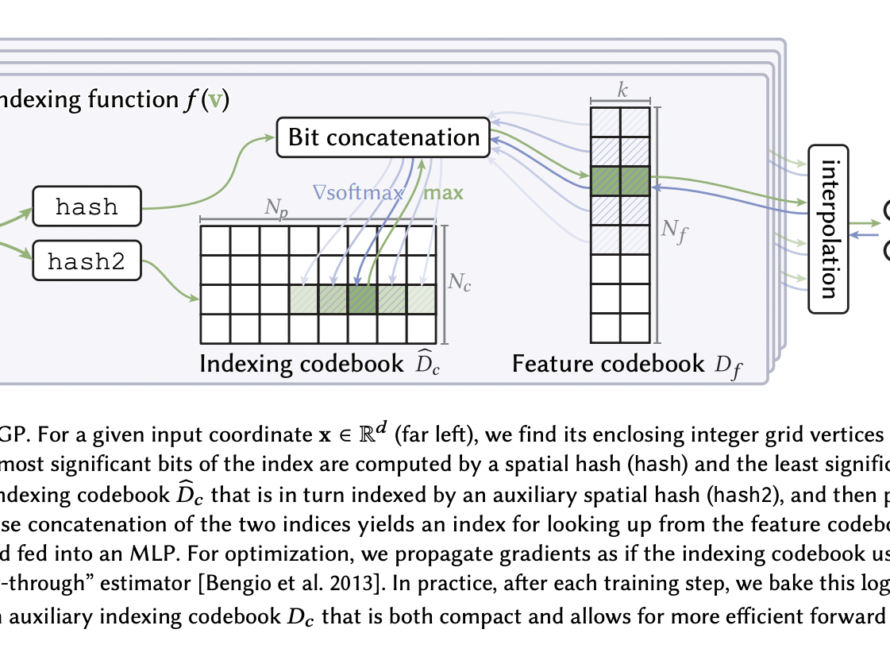[ad_1]
Point clouds serve as a prevalent representation of 3D data, with the extraction of point-wise features being crucial for various tasks related to 3D understanding. While deep learning methods have made significant strides in this domain, they often rely on large and diverse datasets to enhance feature learning, a strategy commonly employed in natural language processing and 2D vision. However, the scarcity and limited annotation of 3D data present significant challenges for the development and impact of 3D pretraining.
One straightforward solution to address the data scarcity issue is to merge multiple existing 3D datasets and employ the combined data for universal 3D backbone pretraining. However, this approach overlooks domain differences among different 3D point clouds, such as variations in point densities, signals, and noise characteristics.
These differences can adversely affect pretraining quality and performance. Consequently, there is a need to analyze the domain discrepancies among 3D indoor scene datasets and identify key factors that may impact multi-source pretraining.
Based on the analysis of domain discrepancies, a novel architecture called Swin3D++ is introduced to extend the Swin3D framework for multi-source pretraining, addressing the domain discrepancy problem. The main contributions include the design of domain-specific mechanisms for Swin3D, such as domain-specific voxel prompts to handle sparse and uneven voxel distribution across domains, a domain-modulated contextual relative signal embedding scheme to capture domain-specific signal variations, and domain-specific initial feature embedding and layer normalization to capture data-source priors separately. Additionally, a source-augmentation strategy is employed to flexibly increase the amount of training data and enhance network pretraining.
Supervised multi-source pretraining of Swin3D++ is conducted on two indoor scene datasets with different characteristics: Structured3D and ScanNet. The performance and generalizability of Swin3D++ are evaluated on various downstream tasks, including 3D semantic segmentation, 3D detection, and instance segmentation.
The results showcase that Swin3D++ outperforms state-of-the-art methods across these tasks, demonstrating significant performance improvements. Comprehensive ablation studies are also performed to validate the effectiveness of the architectural design. Furthermore, it is shown that fine-tuning the domain-specific parameters of Swin3D++ is a powerful and efficient strategy for data-efficient learning, yielding substantial improvements over existing approaches.
In conclusion, the development of Swin3D++ represents a significant advancement in addressing the challenges posed by domain discrepancies in multi-source pretraining for 3D understanding tasks. Swin3D++ effectively enhances feature learning and improves model performance across various downstream tasks by incorporating domain-specific mechanisms and leveraging a source-augmentation strategy. Superior performance on tasks such as 3D semantic segmentation, detection, and instance segmentation highlights the effectiveness of the proposed approach. Furthermore, the findings underscore the importance of considering domain differences in 3D datasets and the potential of fine-tuning domain-specific parameters for efficient and effective learning. Swin3D++ contributes to advancements in 3D vision and lays the foundation for future research in addressing data scarcity challenges in other domains of machine learning and artificial intelligence.
Check out the Paper and Github. All credit for this research goes to the researchers of this project. Also, don’t forget to follow us on Twitter and Google News. Join our 38k+ ML SubReddit, 41k+ Facebook Community, Discord Channel, and LinkedIn Group.
If you like our work, you will love our newsletter..
Don’t Forget to join our Telegram Channel
You may also like our FREE AI Courses….
Arshad is an intern at MarktechPost. He is currently pursuing his Int. MSc Physics from the Indian Institute of Technology Kharagpur. Understanding things to the fundamental level leads to new discoveries which lead to advancement in technology. He is passionate about understanding the nature fundamentally with the help of tools like mathematical models, ML models and AI.
[ad_2]
Source link



